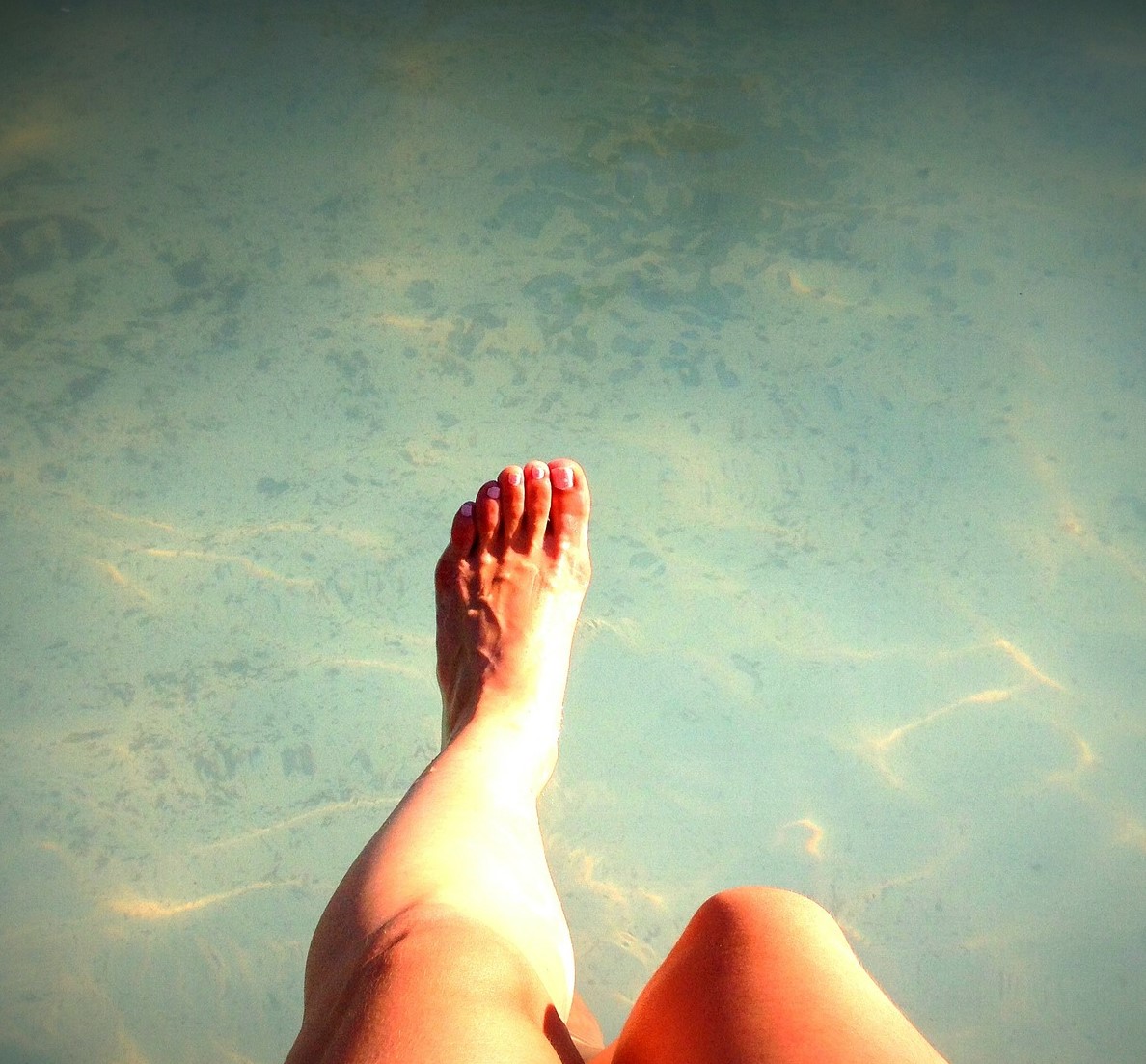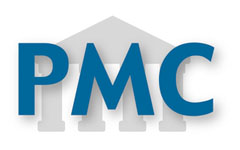Evaluating the effect of a water exercise routine on the postural stability of the elderly
Abstract
Background:Postural stability enables humans to maintain the center of mass of their body within their base of support. Nevertheless, over time, such stability is affected by different factors such as age, repetitive strain, and accidents. Although studies in this field have investigated the effectiveness of hydrotherapy, only a few of them have explored its influence on postural stability, which is reflected in a lack of research that estimates its impact on rehabilitation.
Aim:To determine the immediate and final effects of an aquatic routine protocol on the postural stability of elderly subjects.
Methods:The postural stability of 20 adults over 60 years of age was analyzed using electromyographic and baropodometric methods. Electromyographic signals were obtained from the tibialis anterior, soleus, both gastrocnemius, vastus medialis, and biceps femoris to calculate the coactivation percentage of the muscles in charge of postural stability. The baropodometric data were collected to analyze the area of the stabilometric ellipse, mean plantar pressure, and weight distribution percentage.
Results:The outcome of both methods revealed improvements in the elderly patients after the aquatic routine protocol was applied, which indicates that the type of water exercises implemented in this study has positive effects on their postural stability.
Conclusion:The postural stability of the elderly participants was improved after each session because their stability index decreased along with the electrical activity of some muscle pairs, their body weight was better distributed, and the area of body oscillation was reduced. However, this effect was immediate and not final.
Authors
Downloads
Keywords
- postural balance
- stabilometry
- electromyography
- hydrotherapy
- Aged
- Warm-up exercise
- Hamstring muscles
- Quadriceps muscle
References
Organización Mundial de la Salud. Informe mundial sobre el envejecimiento y la salud. Estados Unidos de América; 2015.
Negrín VR, Olavarría MF. Artrosis y Ejercicio Físico. Rev Médica Clínica Las Condes [Internet]. 2014;25(5):805-11. https://doi.org/10.1016/S0716-8640(14)70111-7
Storheim K, Zwart J. Musculoskeletal disorders and the Global Burden of Disease study. Ann Rheum Dis. 2014;73(6):949-50. https://doi.org/10.1136/annrheumdis-2014-205327
Limonar, Dr. Sergio Giménez Basallote, Dr. Francisco J. Pulido DJAT. Guía de buena práctica clínica en artrosis. Vol. 2, Omc. 2008. 9-79 p.
Waller B, Munukka M, Multanen J, Rantalainen T, Pöyhönen T, Nieminen MT, et al. Effects of a progressive aquatic resistance exercise program on the biochemical composition and morphology of cartilage in women with mild knee osteoarthritis: protocol for a randomised controlled trial. BMC Musculoskelet Disord [Internet]. 2013;14:82. https://doi.org/10.1186/1471-2474-14-82
Schencking M, Otto A, Deutsch T, Sandholzer H. A comparison of Kneipp hydrotherapy with conventional physiotherapy in the treatment of osteoarthritis of the hip or knee: protocol of a prospective randomised controlled clinical trial. BMC Musculoskelet Disord. 2009;10:104. https://doi.org/10.1186/1471-2474-10-104
Pazos Rosales JM, González Represas A. Técnicas de hioterapia. Hidrocinesiterapia. Fisioterapia. 2002;24(monográfico 2):34-42. https://doi.org/10.1016/S0211-5638(01)73026-X
Severin AC, Burkett BJ, McKean MR, Sayers MGL. Biomechanical Aspects of Aquatic Therapy: A Literature Review on Application and Methodological Challenges. J Fit Res [Internet]. 2016;5(1). Available from: http://fitnessresearch.edu.au/journal-view/biomechanical-aspects-of-aquatic-therapy-a-144
Moore IS, Jones AM, Dixon SJ. Relationship between metabolic cost and muscular coactivation across running speeds. J Sci Med Sport. 2014;17:671-6. https://doi.org/10.1016/j.jsams.2013.09.014
Rutkowska-kucharska A, Szpala A, Jaroszczuk S. Muscle coactivation during stability exercises in rhythmic gymnastics : A two-case study. Appl Bionics Biomech. 2018;2018:1-8. https://doi.org/10.1155/2018/8260402
Martínez-Nova A, Sánchez-Rodríguez R, Cuevas-García JC, Sánchez-Barrado E. Estudio baropodométrico de los valores de presión plantar en pies no patológicos. Rehabilitacion. 2007;41(4):155-60. https://doi.org/10.1016/S0048-7120(07)75509-3
Yildirim T, Ersoy Y. Distribution of plantar pressure in fibromyalgia patients. In: Medicine Science. 2017. p. 398-400. https://doi.org/10.5455/medscience.2016.05.8576
Šeketa G, Ortiz G, Wilches C, Perdomo O, Celić L, Lacković I, et al. Simultaneous Measurement of Trunk Orientation and Centre of Pressure for Postural Stability Evaluation. In: Lacković I, Vasic D, editors. 6th European Conference of the International Federation for Medical and Biological Engineering. Cham: Springer International Publishing; 2015. p. 363-6. https://doi.org/10.1007/978-3-319-11128-5_91
Declaración de Helsinki - WMA - The World Medical Association. 2013.
Hallal CZ, Marques NR, Vieira ER, Brunt D, Spinoso DH, Castro A, et al. Lower limb muscle coactivation levels in healthy younger and older adults during functional dual-task gait. Motriz Rev Educ Fis. 2013;19(3):620-6. https://doi.org/10.1590/S1980-65742013000300013
Merletti R, Rau G, Disselhorst-Klug C, Stegeman DF, Hägg GM. SENIAM project. Surface ElectroMyoGraphy for the Non-Invasive Assessment of Muscles. 2018.
Candotti CT, Loss JF, Bagatini D, Soares DP, da Rocha EK, de Oliveira ÁR, et al. Cocontraction and economy of triathletes and cyclists at different cadences during cycling motion. J Electromyogr Kinesiol. 2009;19(5):915-21. https://doi.org/10.1016/j.jelekin.2008.04.008
Le P, Best TM, Khan SN, Mendel E, Marras WS. A review of methods to assess coactivation in the spine. Vol. 32, Journal of Electromyography and Kinesiology. 2017. p. 51-60. https://doi.org/10.1016/j.jelekin.2016.12.004
Le P, Aurand A, Dufour JS, Knapik GG, Best TM, Khan SN, et al. Development and testing of a moment-based coactivation index to assess complex dynamic tasks for the lumbar spine. Clin Biomech. 2017;46(May):23-32. https://doi.org/10.1016/j.clinbiomech.2017.05.001
Milos ଝ, Popovich R, Pappas IPI, Nakazawa K, Keller T, Morari M, et al. Stability criterion for controlling standing in able-bodied subjects. J Biomech. 2000;33:1359-68. https://doi.org/10.1016/S0021-9290(00)00123-8
O'Sullivan SB, Schmitz TJ. Improving functional outcomes in physical rehabilitation. 423 p.
Nagai K, Yamada M, Tanaka B, Uemura K, Mori S, Aoyama T, et al. Effects of balance training on muscle coactivation during postural control in older adults: A randomized controlled trial. Journals Gerontol - Ser A Biol Sci Med Sci. 2012;67 A(8):882-9. https://doi.org/10.1093/gerona/glr252
Cano Bedoya J, Olaya Mira N, Soto cardona I. Evaluacion estadística de la estabilidad postural en pacientes con artrosis de rodilla por medio de la coactivación muscular. Comun en Estadística. 2019;12(1):53-69. https://doi.org/10.15332/23393076/5291
Louder T, Bressel E, Baldwin M, Dolny DG, Gordin R, Miller A. Effect of aquatic immersion on static balance. Int J Aquat Res Educ. 2014;8(1):53-65. https://doi.org/10.1123/ijare.2013-0014
Montagna JC, Santos BC, Battistuzzo CR, Loureiro APC. Effects of aquatic physiotherapy on the improvement of balance and corporal symmetry in stroke. Int J Clin Exp Med. 2014;7(4):1182-7.
Hue O, Simoneau M, Marcotte J, Berrigan F, Doré J, Marceau P, et al. Body weight is a strong predictor of postural stability. Gait Posture. 2007;26(1):32-8. https://doi.org/10.1016/j.gaitpost.2006.07.005
Pizzigalli L, Filippini A, Ahmaidi S, Jullien H, Rainoldi A. Prevention of falling risk in elderly people: the relevance of muscular strength and symmetry of lower limbs in postural stability. Vol. 25, Journal of Strength and Conditioning Research. 2011. p. 567-74. https://doi.org/10.1519/JSC.0b013e3181d32213
Zequera M, Perdomo O, Wilches C, Vizcaya P. Pilot study: Assessing repeatability of the EcoWalk platform resistive pressure sensors to measure plantar pressure during barefoot standing. J Phys Conf Ser. 2013;450(1). https://doi.org/10.1088/1742-6596/450/1/012029
Ellapen TJ, Hammill H V., Swanepoel M, Strydom GL. The benefits of hydrotherapy to patients with spinal cord injuries. African J Disabil. 2018;2223-9170. https://doi.org/10.4102/ajod.v7i0.450
McAndrew Young PM, Dingwell JB. Voluntary changes in step width and step length during human walking affect dynamic margins of stability. Gait Posture. 2012;36(2):219-24. https://doi.org/10.1016/j.gaitpost.2012.02.020
Martínez-Amat, Antonio; Hita-Contreras, Fidel; Lomas-Vega, Rafael; Caballero-Martínez, Isabel; Alvarez, Pablo J.; Martínez-López E. Effects of 12-week propioception training program on postural stability, gait, and balance in older adults: a controlled clonical trial. J Strength Cond. 2013;27(8):2180-8. https://doi.org/10.1519/JSC.0b013e31827da35f

Copyright (c) 2021 Universidad del Valle

This work is licensed under a Creative Commons Attribution-NonCommercial 4.0 International License.
The copy rights of the articles published in Colombia Médica belong to the Universidad del Valle. The contents of the articles that appear in the Journal are exclusively the responsibility of the authors and do not necessarily reflect the opinions of the Editorial Committee of the Journal. It is allowed to reproduce the material published in Colombia Médica without prior authorization for non-commercial use

 https://orcid.org/0000-0001-6915-7784
https://orcid.org/0000-0001-6915-7784


















